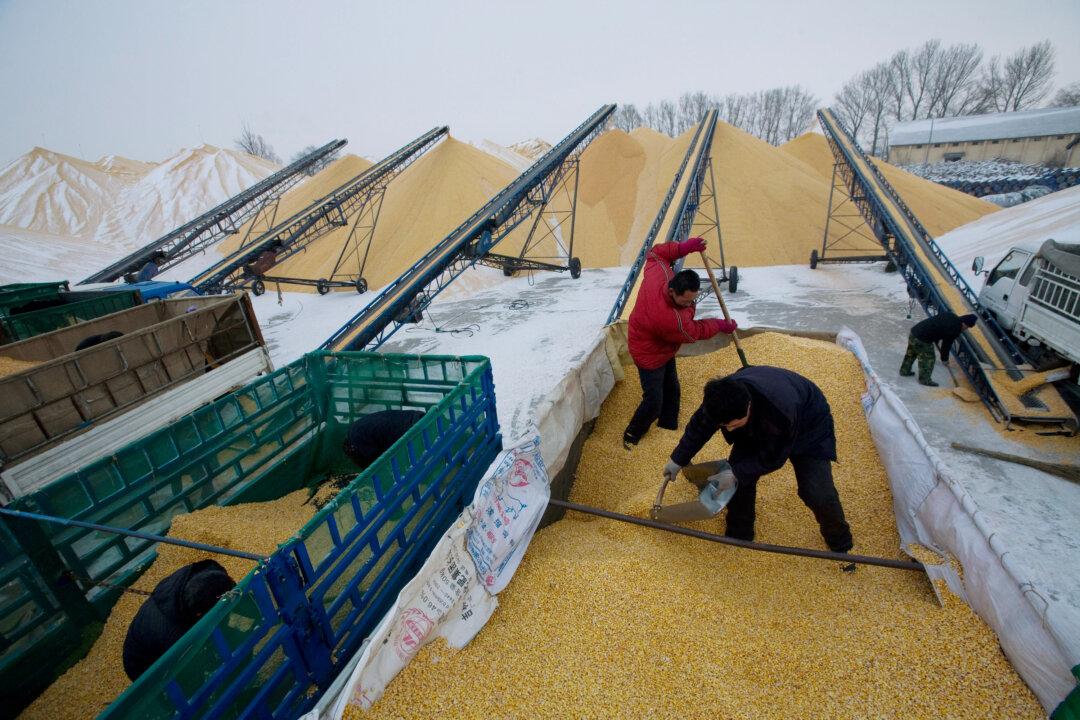China has had a bountiful grain harvest this year, according to reports from Beijing, but data from various official sources show that grain imports have reached a new high, and China’s grain reserves are now greater than 50 percent of global grain reserves.
If that’s accurate, some experts predict that China’s practice of stockpiling grains will further push up international food prices.






